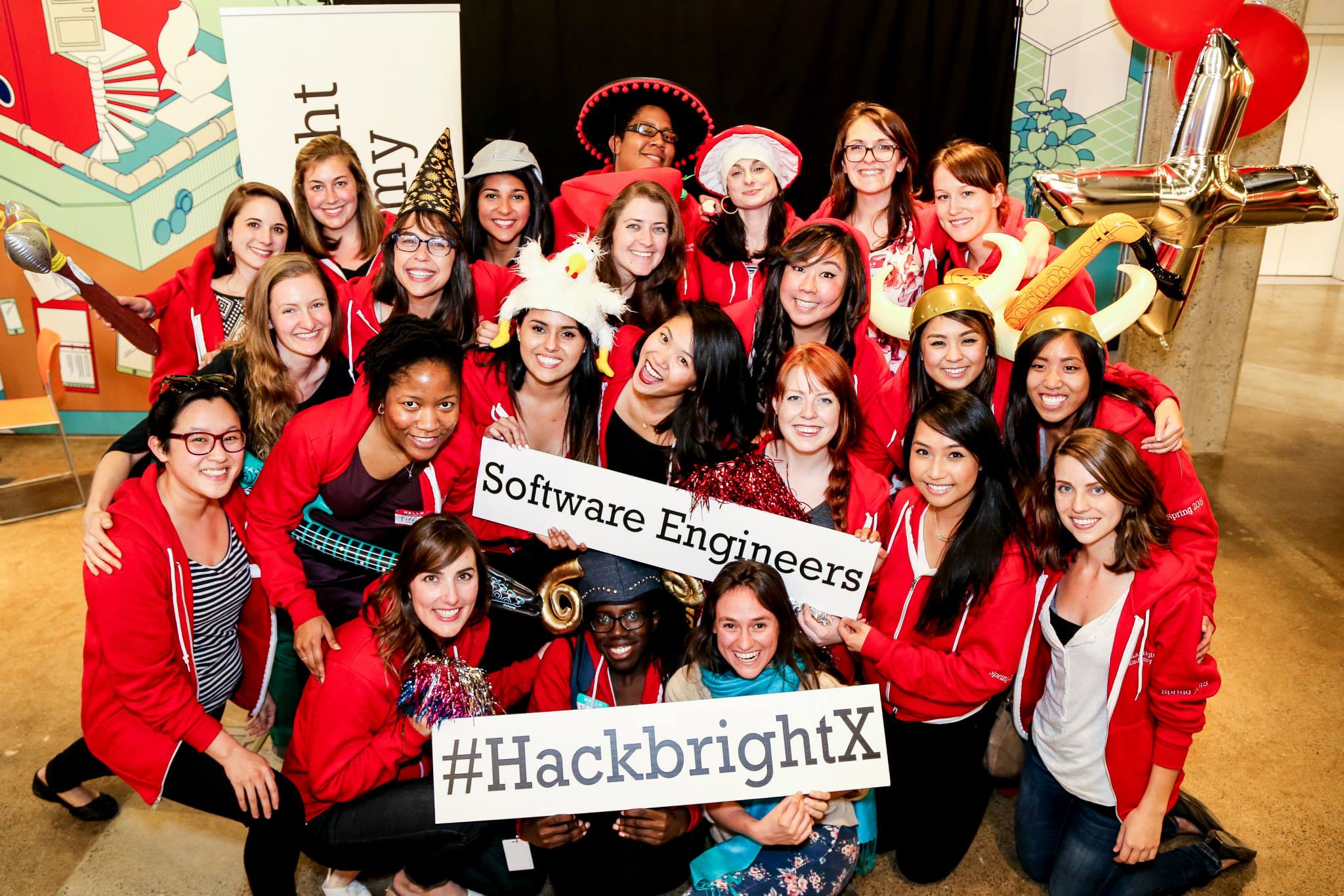The Rise and Future of Coding Bootcamps

If you work in the tech industry, coding bootcamps are something you have probably heard of, possibly attended, or know someone that graduated from one. For those of you who are unfamiliar with the term, the industry of coding bootcamps is fairly new, with the first ones starting around 2011-2012. In the short time they have been around, these alternative education programs have gained significant popularity, making their presence known in the tech world.








